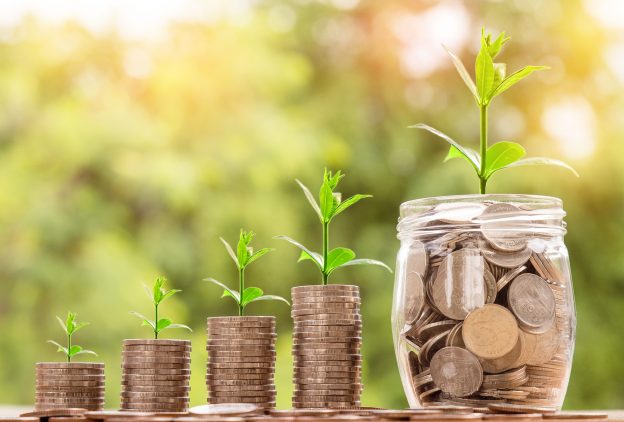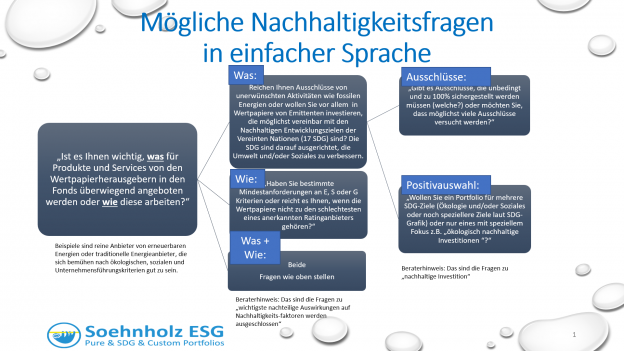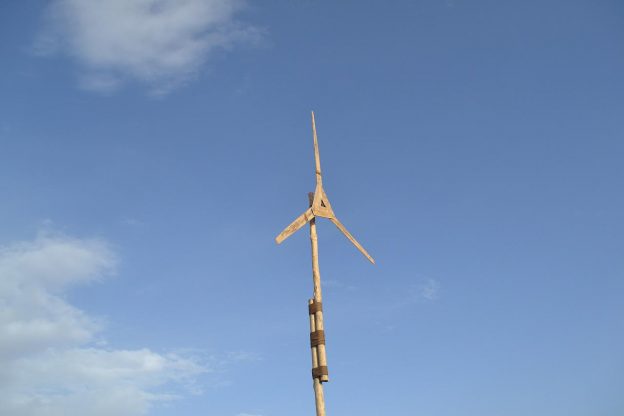Microfinance risk: 15x new research on publication biases, green innovation, supply chains, biocredits, greenium, ESG ratings and loans, CSR, Kickbacks etc. by Karol Kemper, Ulf Moslener, Nic Schaub, Simon Straumann, Pınar Yeşin et al.
Ecological and social research
Misleading research: Footprint of publication selection bias on meta-analysis in medicine, economics, and psychology by František Bartoš et al as of August 25th, 2022: “… we survey over 26,000 meta-analyses containing more than 800,000 effect size estimates from medicine, economics, and psychology …. The median probability of the presence of an effect in economics decreased from 99.9% to 29.7% after adjusting for publication selection bias. This reduction was slightly lower in psychology (98.9% −→ 55.7%) and considerably lower in medicine (38.0% −→ 27.5%)” (abstract). My comment: There is always bias in research, with my approach, too, but is important to disclose it: 100 research blogposts since 2018 – Responsible Investment Research Blog (prof-soehnholz.com)
Brown innovations: Toxic Emissions and Corporate Green Innovation by Wenquan Li, Suman Neupane, and Kelvin Jui Keng Tan as of Oct. 23rd, 2022 (#264): “Consistent with our main hypothesis, which hinges upon regulatory burden and environmental awareness, we show that high-emission companies produce more green patents of higher quality and value than low-emission firms. … We also find that environmental related green patents mitigate future toxic air releases“ (abstract). My question: Is internal financing sufficient or external capital required to finance these innovations?
Advert for German investors: “Sponsor” my research by recommending my Article 9 fund. The minimum investment is approx. EUR 50 and return and risks are relatively good: FutureVest Equity Sustainable Development Goals R – DE000A2P37T6 – A2P37T: I focus on social SDGs and midcaps and use best-in-universe as well as separate E, S and G minimum ratings.
Please go to page 2 (# indicates the number of SSRN downloads on December 7th):









